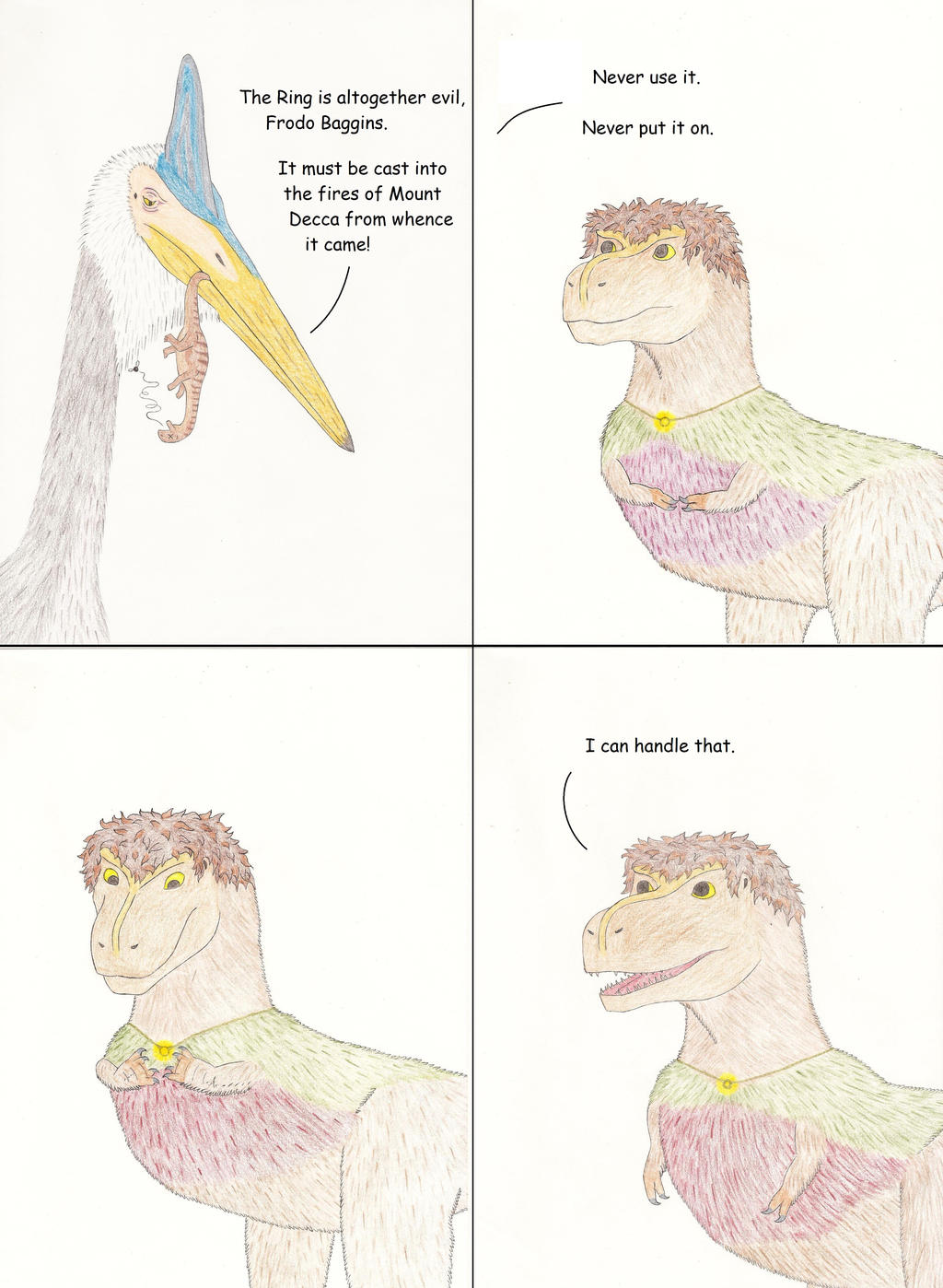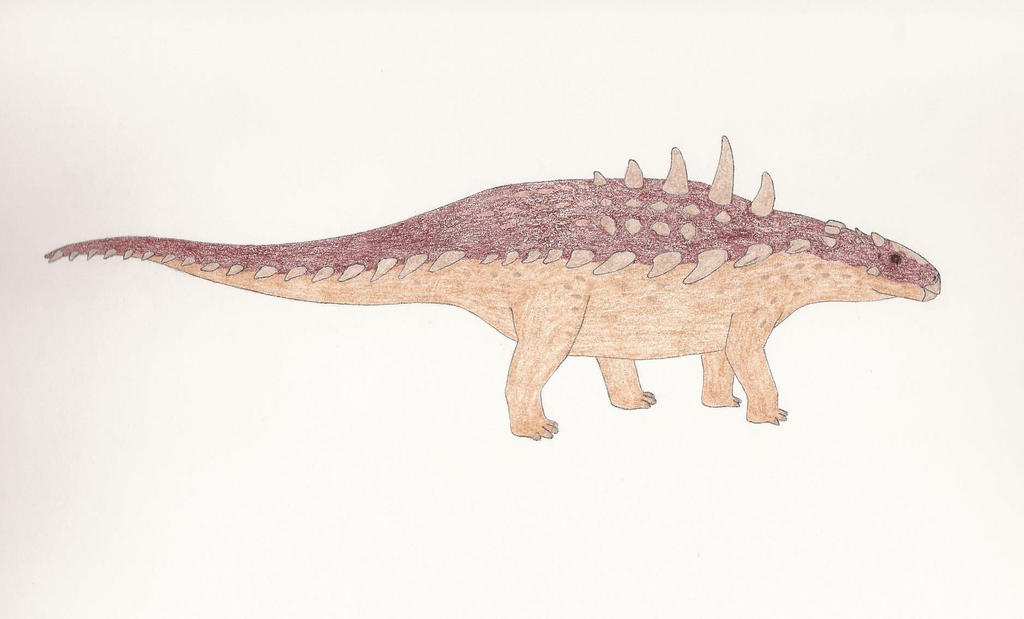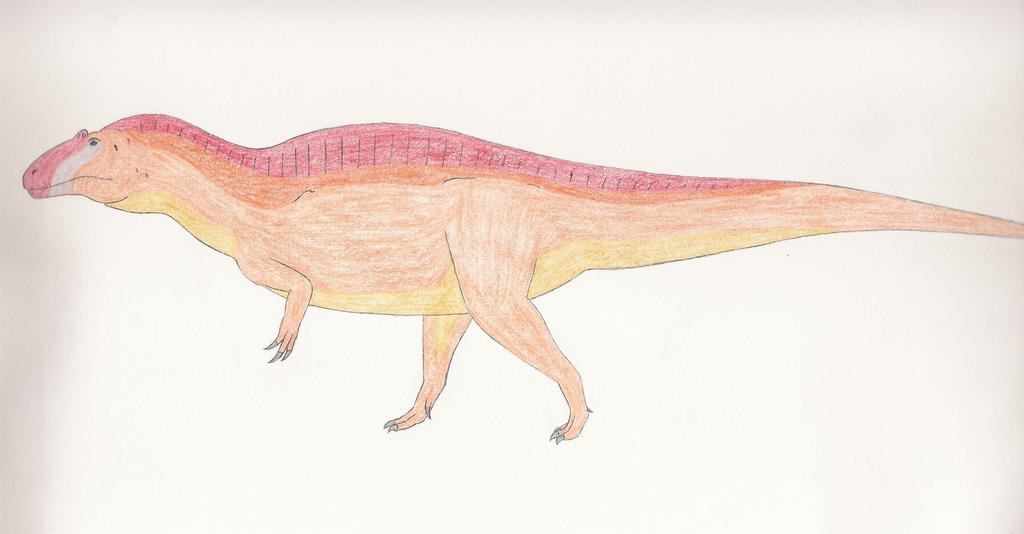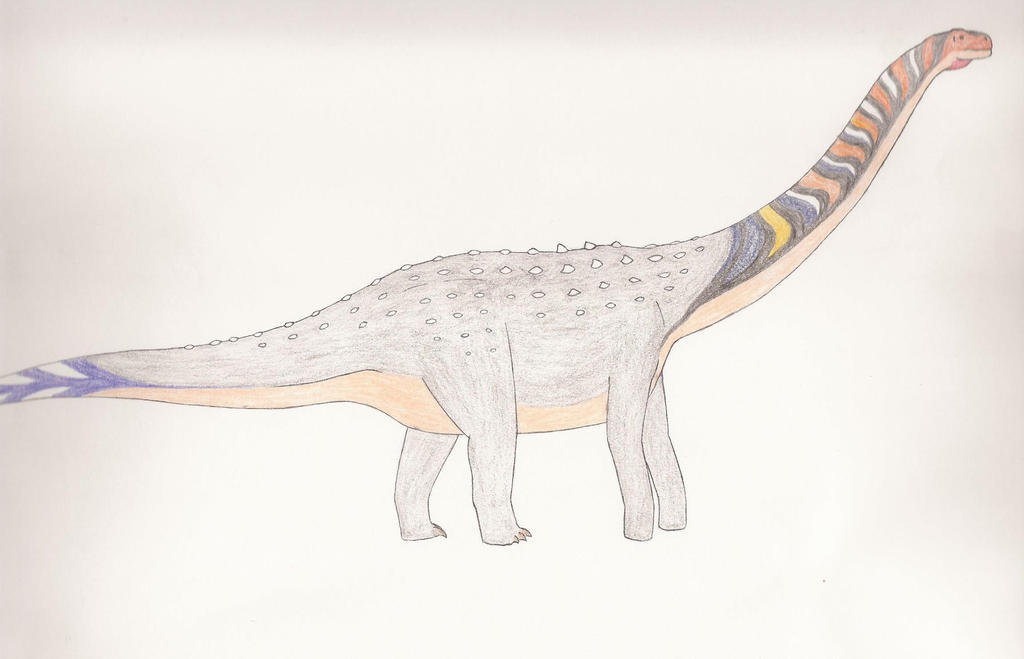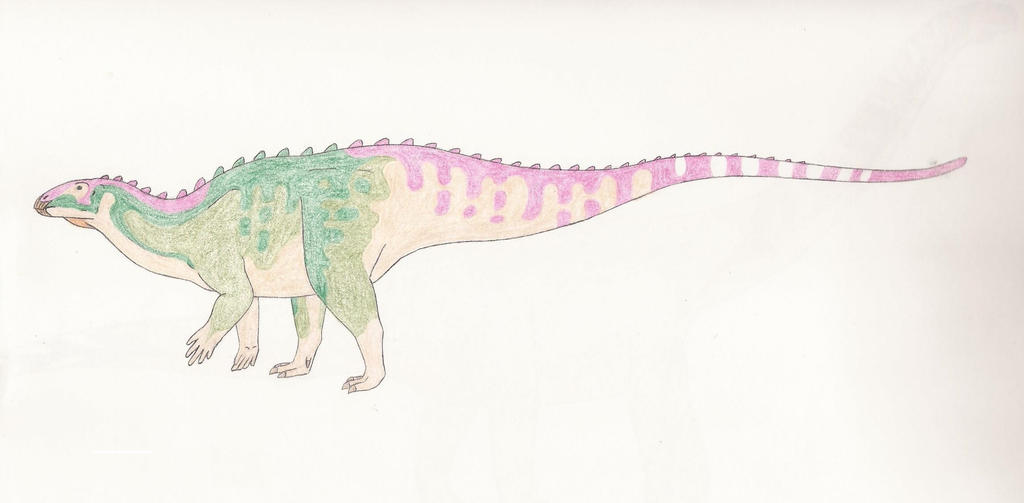I really liked the cabinet full of phytosaurs (I posted a pic of the whole thing last time), so we'll start with a couple of close ups! I forgot to take separate notes of the identity of species, so I can't say which is which, but one can at least get a good sense of the similarities and differences between each. Note the position of the nostrils, high on the head between the eyes like a whale's blowhole. This is the defining feature for the group, and the one that most obviously sets them apart from crocodiles.
A lovely complete specimen of an aetosaur sits on display just across from the pytosaur cabinet. Unlike phytosaurs, aetosaurs sit relatively close to true crocodiles on the tree of life, and yet could hardly look more different. These pig-nosed herbivores bore armor to protect them from more traditional-looking crocodylians as they rooted through the underbrush looking for food. Though this specimen has not been fully restored, and remains in its original, somewhat flattened state, one can clearly see the armadillo-like armor running down the length of its body.
Now, most of the people I know probably have no familiarity with any of the creatures I've shown so far, so here's a more famous creature to liven things up: everybody's favorite non-dinosaur, Dimetrodon! It's always fun to see a skeleton of one of these guys, even if recent evaluation suggests that this mount should maybe look a little more "gnarly".
Now, since you've all been so good, here's some actual dinosaurs! I really liked the Western Interior Seaway atrium, featuring ancient sea critters, as well as a forest full of dinosaurs near the shore. Hiding amongst the leaves one can find a Pentaceratops skull (complementing the statue out in front of the museum) and a family of duckbilled dinosaurs (I couldn't find any signage suggesting what species they might belong to).
 |
Pentaceratops is named for its enlarged cheekbones, which
look like extra horns, but the most obvious differences
from Triceratops would be the holes and notch in the frill.
|
 |
I feel like the mother has the suggestion of an undeveloped crest,
which would make this a lambeosaur of some sort.
|
A small theropod can be seen rooting around in the bushes, apparently hunting for something. Sure enough, visitors can walk into a little cave underneath the forest floor, where one can look up through a small burrow and see the predator's quarry, a small mammal, hunkering down until the coast clears.
 |
The contrast is rather bad, but you can just make
out the predator's head behind the mammal.
|
Moving on back to the Jurassic hall, there's one piece of the main display which I left out in my previous evaluation. If one looks on the ground below the feet of the mounted skeletons, one can see recreations of the actual type material! I really appreciated this feature, as it demonstrates how little material paleontologists often have to work with, and how displays like this must be reconstructed based on elements from multiple individuals, not always of the same species.
Also in the same hall, visitors can see reconstructions of a couple of Jurassic fliers. Both a pterosaur and a bird are represented. A skeleton of Eudimorphodon and several "flying" life-like models of the same fly overhead, while one of the better reconstructions of Archaeopteryx that I've personally seen squares off against its far-off descendant, a modern pigeon.
Finally, as a rabid paleoart enthusiast, I couldn't finish this post without the presence of the great Ely Kish mural that graces the Jurassic Hall. Kish's style has never been quite up my alley (her dinosaurs always look rather emaciated), but I can't deny her basic artistic skill, or the important place she occupies in the history of depictions of prehistoric life. But many famous paleoartists have contributed art to the great museums; what really makes this display stand out is the actual artist recognition the museum gives in signage every bit as prominent as that describing the fossils themselves!!! Seriously, in an age when several scandals have broken out over museums plagiarizing famous artists' work, seeing this bit of acknowledgement from 30 years ago gives me some hope that this doesn't have to be the norm.
That's all for this odds and ends post. If I ever make it back to this museum, there are several displays I neglected to photograph that I will have to make sure to document next time. (Chiefly, the "Bisti Beast", the Gastornis skeleton, and the horse evolution mural). I hope I've inspired somebody else to check this place out should they ever find themselves in Albuquerque! As I sign off, here's a bonus live lungfish in a tank that can be found amongst the Paleozoic fossils.


























